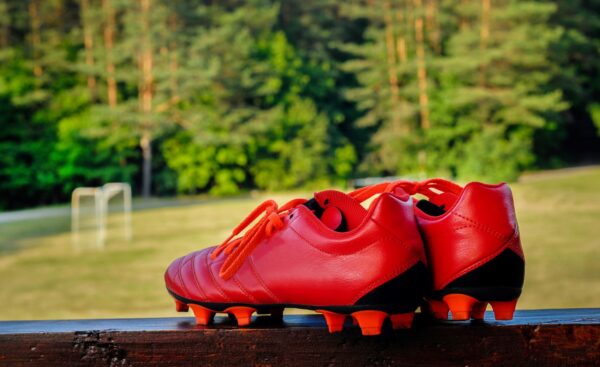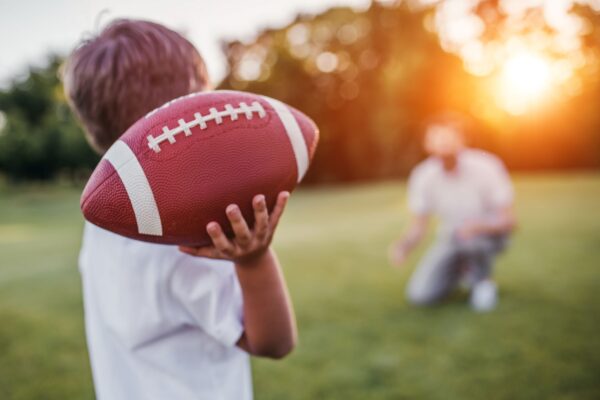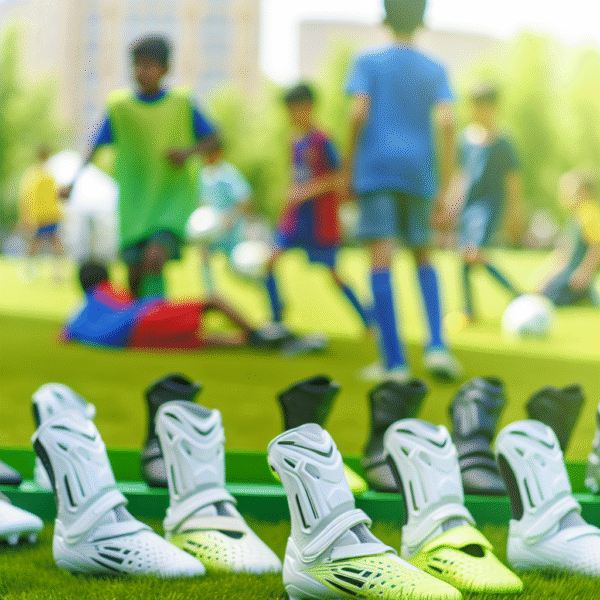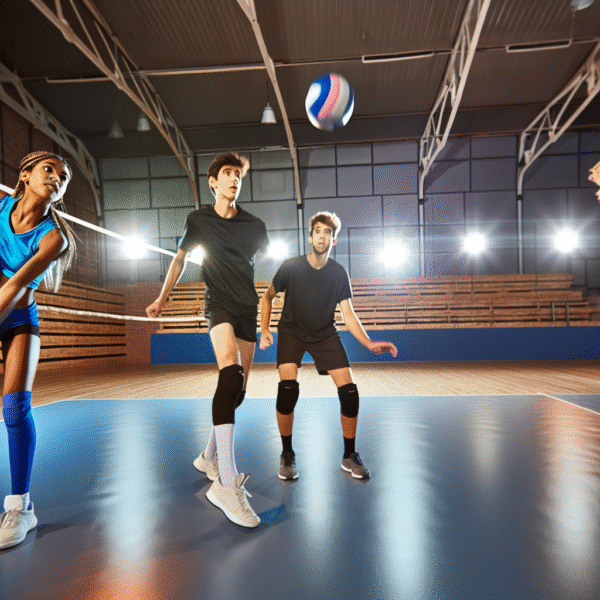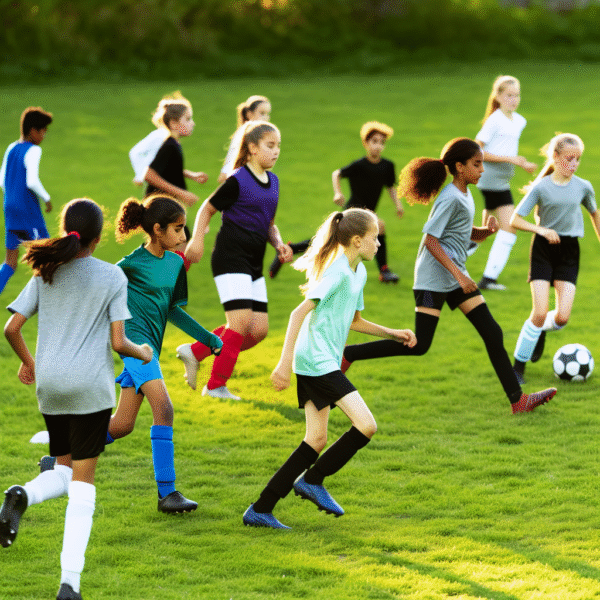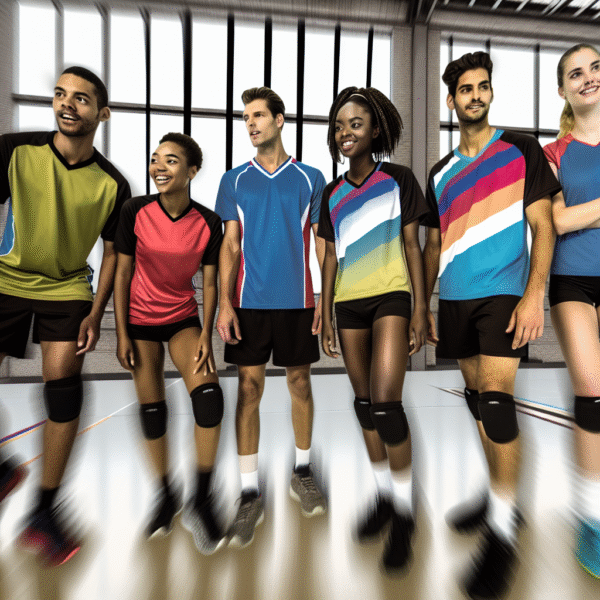Choosing the correct youth soccer ball size is one of the most important steps in supporting your child’s development and enjoyment of the game. A ball that’s too big or too heavy can discourage proper technique, while the right size helps young players build confidence, control, and skill. In this guide, we’ll break down the different ball sizes by age group so you can make the best decision for your player.
Youth Soccer Ball Sizes by Age
Soccer balls come in a few standard sizes. Each one is designed to match a specific age range and stage of physical development. Selecting the appropriate ball ensures a safe and positive playing experience.
Size 3 Soccer Ball (Ages 8 and Under)
The size 3 soccer ball is the smallest regulation size and is ideal for players aged 8 and under. This ball:
-
Has a circumference of 23–24 inches
-
Weighs approximately 11–12 ounces
Why it’s the right choice: Young players benefit from the reduced size and weight, which makes it easier to learn the basics like dribbling, passing, and shooting. This ball helps kids gain confidence while developing coordination.
Size 4 Soccer Ball (Ages 9 to 12)
The size 4 ball is a step up for preteens, balancing control with challenge. It:
-
Has a circumference of 25–26 inches
-
Weighs around 12–13 ounces
Why it’s a good fit: This size helps players aged 9 to 12 fine-tune their footwork, build endurance, and transition toward the adult-size ball. It provides enough weight to work on power while still being manageable for growing feet.
Size 5 Soccer Ball (Ages 13+)
The size 5 ball is the official ball used in all professional and adult-level soccer. It’s suited for:
-
Players aged 13 and up
-
A circumference of 27–28 inches
-
A weight of 14–16 ounces
Why it matters: At this stage, players need to train with the ball they’ll use in high school, college, or competitive leagues. Practicing with the standard size builds strength, accuracy, and game-readiness.
Are There Exceptions to Standard Youth Soccer Ball Sizes?
Yes, some leagues and programs introduce size 2 balls for very young children—typically ages 4 to 6. These mini balls are lighter and smaller, helping toddlers learn basic movement and control. While not always used in official games, they are a great training tool for the youngest age groups.
On the flip side, recreational programs may allow players over 12 to continue using size 4 balls. This is especially common when athletes are still building strength or confidence before transitioning to size 5. Flexibility allows for safer, more personalized development.
How to Choose the Right Soccer Ball Size
The best way to pick the right youth soccer ball size is to follow your league or coach’s specific guidelines. However, these general rules are a great starting point:
| Ball Size | Age Range | Circumference | Weight |
|---|---|---|---|
| Size 2 | Ages 4–6 (optional) | ~20 inches | ~9 ounces |
| Size 3 | Ages 8 and under | 23–24 inches | 11–12 ounces |
| Size 4 | Ages 9–12 | 25–26 inches | 12–13 ounces |
| Size 5 | Ages 13+ | 27–28 inches | 14–16 ounces |
Be sure to:
-
Check league rules before purchasing
-
Look for FIFA-inspected or quality-tested balls
-
Use age-appropriate balls during both practice and games
Why Ball Size Matters in Youth Soccer
Using the right ball helps players:
-
Develop proper foot skills and dribbling technique
-
Avoid injury from using oversized or overweight equipment
-
Improve confidence and game performance
-
Learn better passing, shooting, and ball control
Choosing the correct youth soccer ball size creates a more enjoyable experience and supports your child’s long-term love for the game.
Want to complete the look? Check out our article on Decoding Youth Soccer Uniforms for more gear tips that help your child feel confident and ready on game day.



